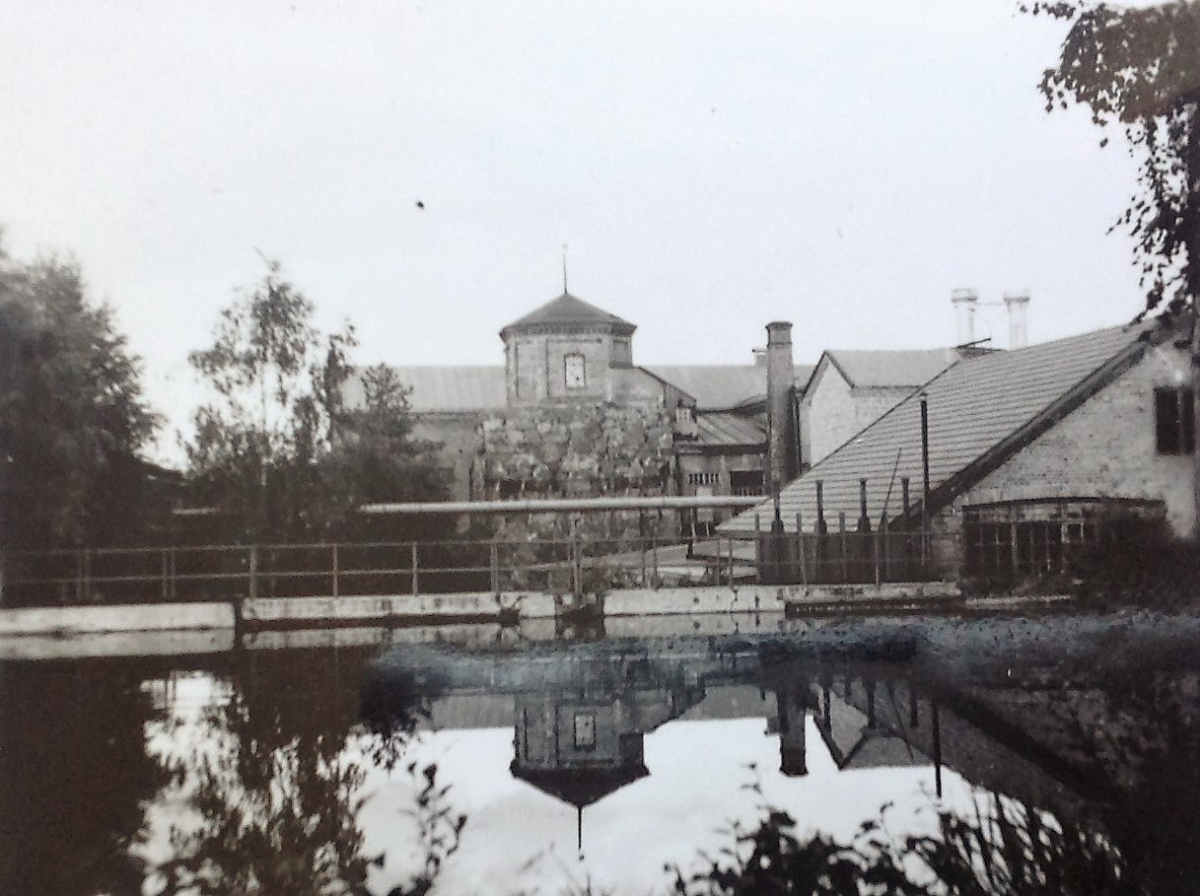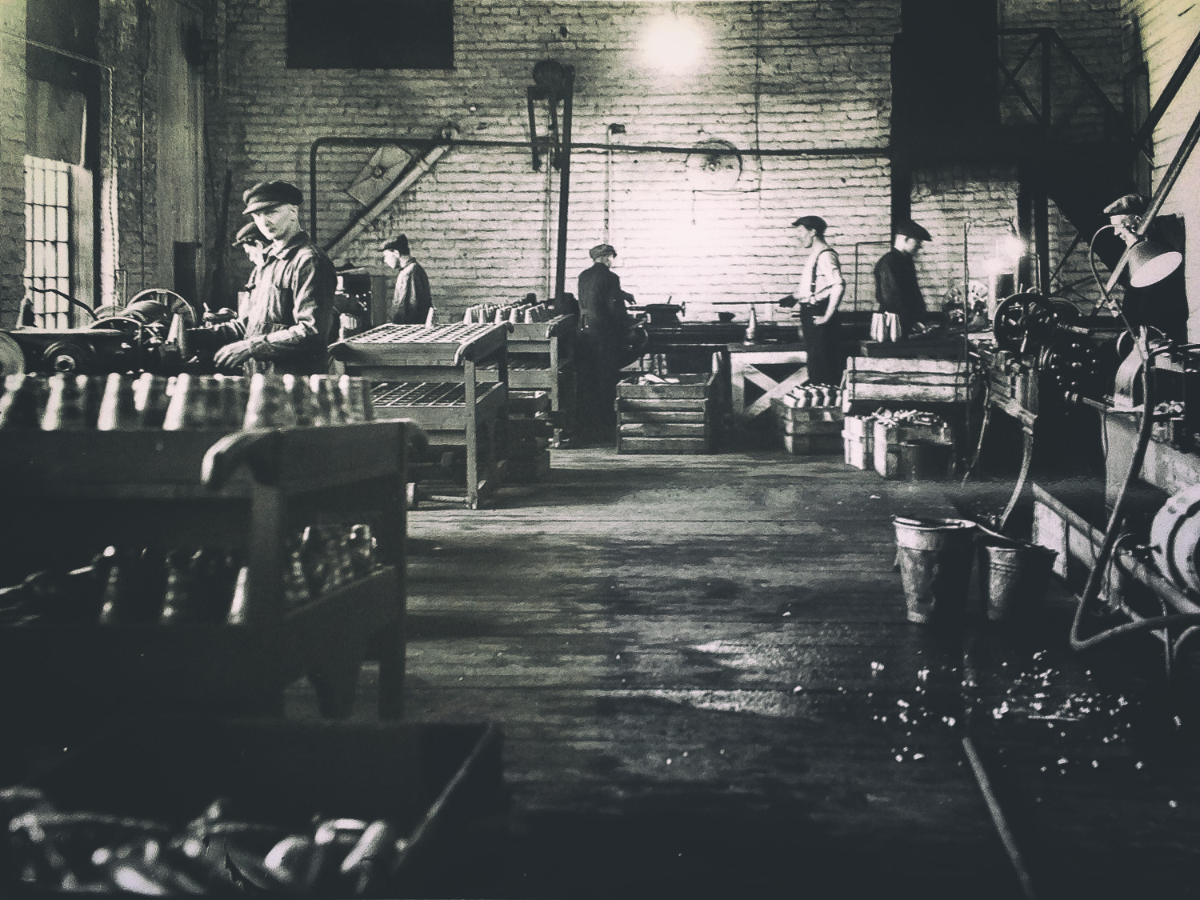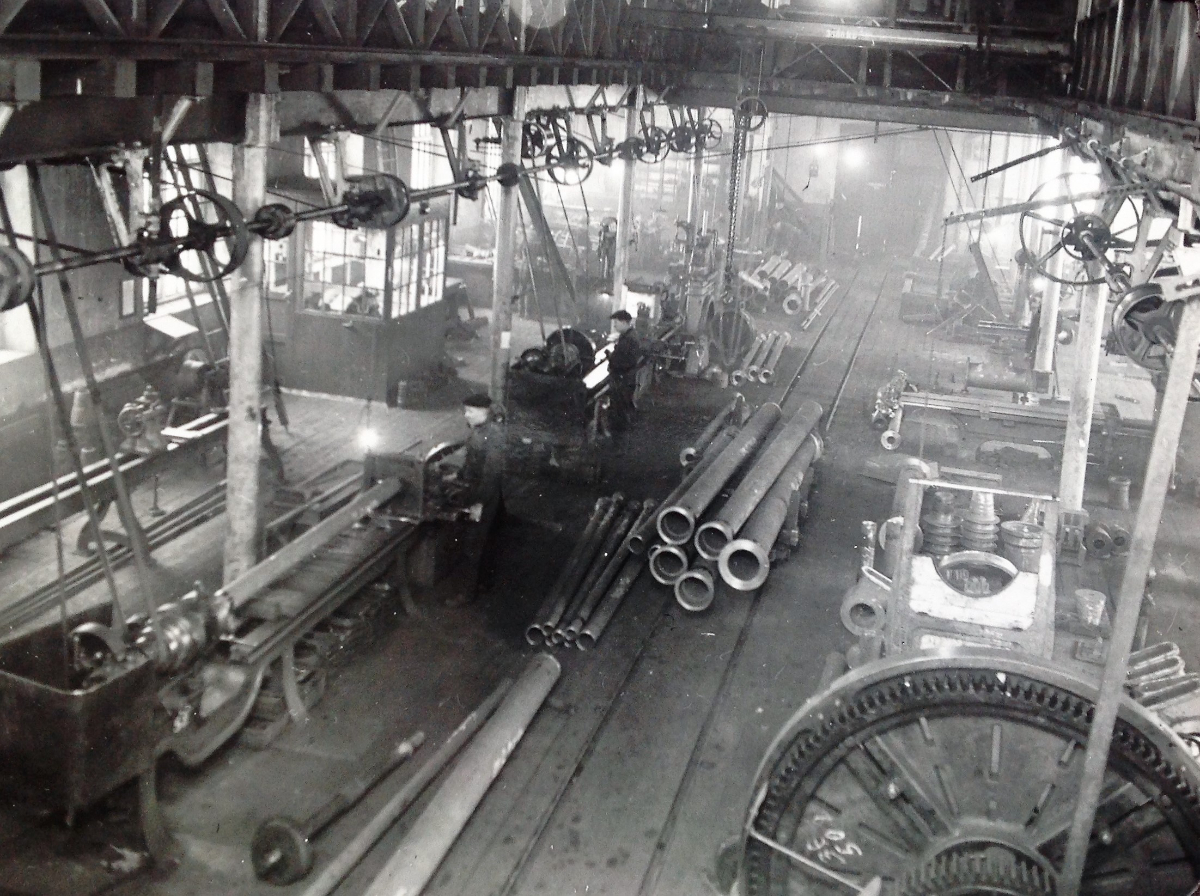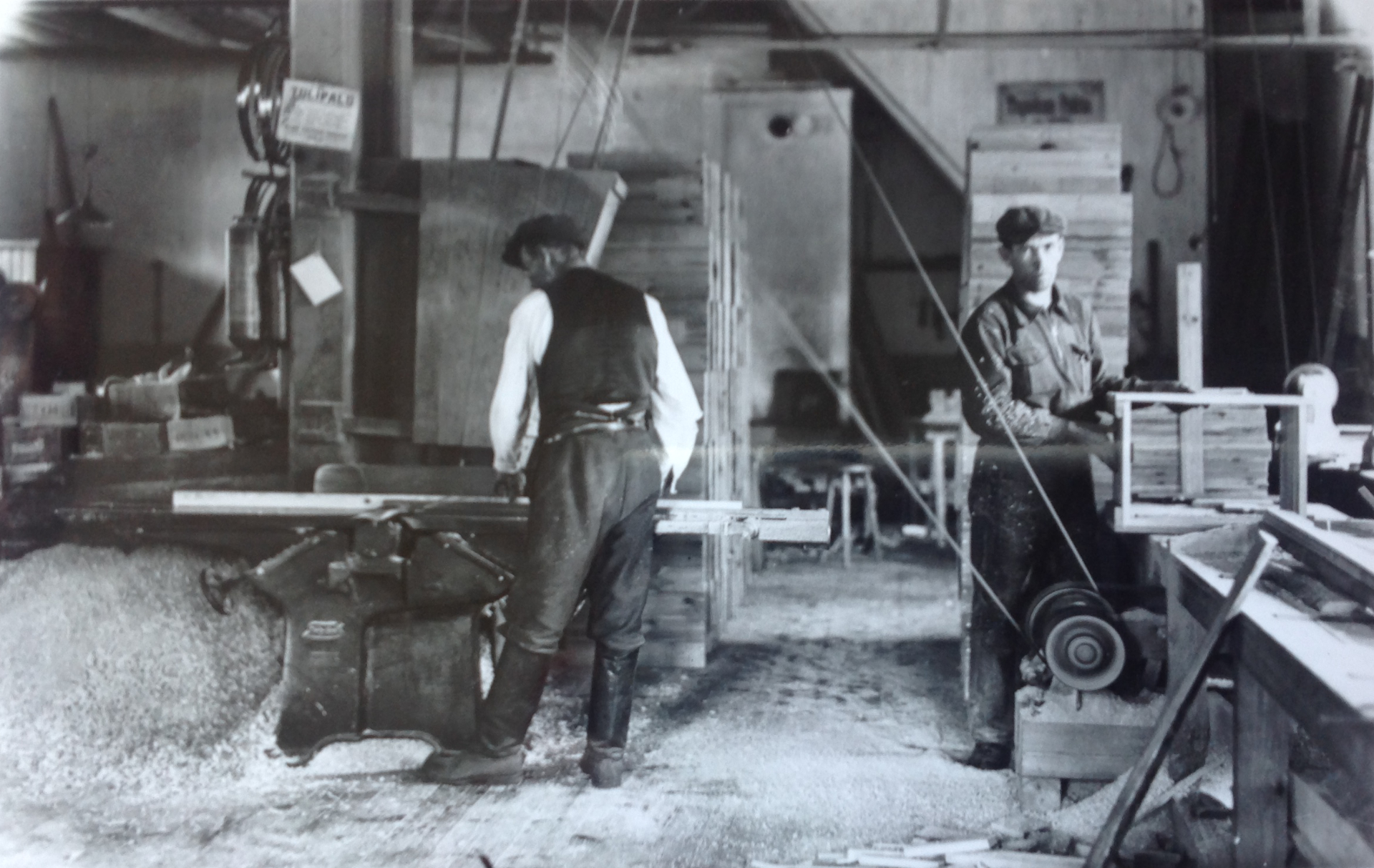In 1841, Captain Johan Fredrik Molander applied for permission to establish a foundry in Hapakoski. Molander’s partner in setting up the foundry was Johan Reinhold Holmberg, a chamber councillor. On 11 May 1842, the Senate, with the gracious consent of Emperor Nicholas I, granted Captain Molander permission to establish a ruin. In 1843, Johan Ernst August Boije became the third partner in the pottery.

Shortly afterwards, Captain Molander retired from the potter’s business. After Holmberg’s bankruptcy, the pottery and its farms were sold to a St Petersburg merchant, who in the same autumn (1857) sold the pottery to the St Petersburg businessman Nikolai Putilov. He was one of the main manufacturers of rails, locomotives and wagons for the extensive Russian railway network and owned Huutokoski, Haapakoski and Oravi in Finland in the 1860s and 1870s. These foundries produced raw material for the iron and steel foundries in St Petersburg. During the Putilov period in the 1870s, the foundry produced melting furnaces, which were used to roll rails at the Putilov St. Petersburg(KIROVIN TEHTAAT) factories.

Putilov used to bring to Hapakoski some fine people from the court of St Petersburg who found summer days in the Savo wilderness an exotic change.
The first blast furnace broke and caused a major fire in August 1859. A French-style blast furnace was built on the site in grey stone, of which only two remain in Finland.
After the ironworks became unprofitable, the company switched to foundry and machine shop operations. The sewer pipes of the Haapakoski foundry run under Turku and Helsinki. During the war, grenades were manufactured, and after the war, among other things, machines for industry (war indemnity products) and large valves.


